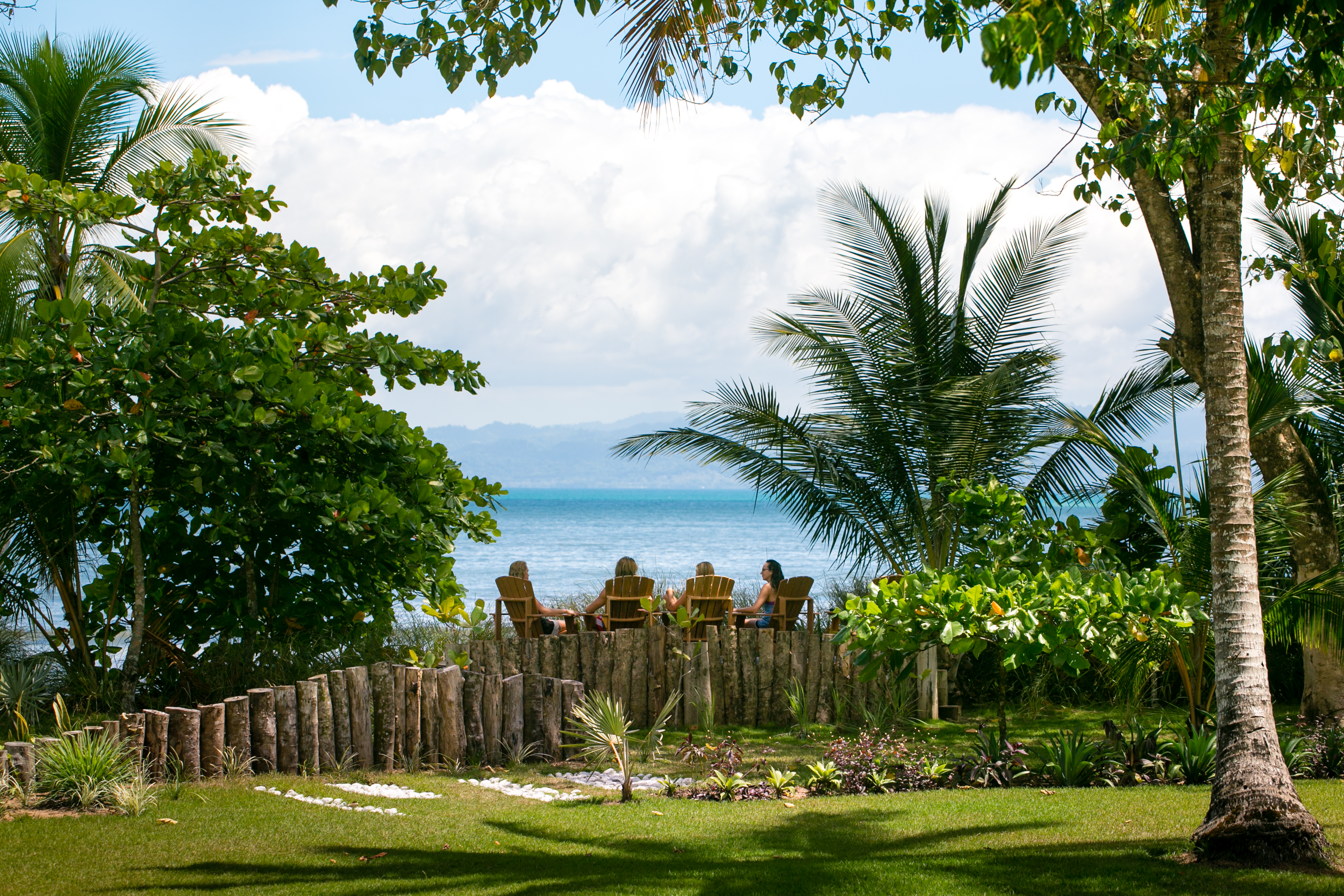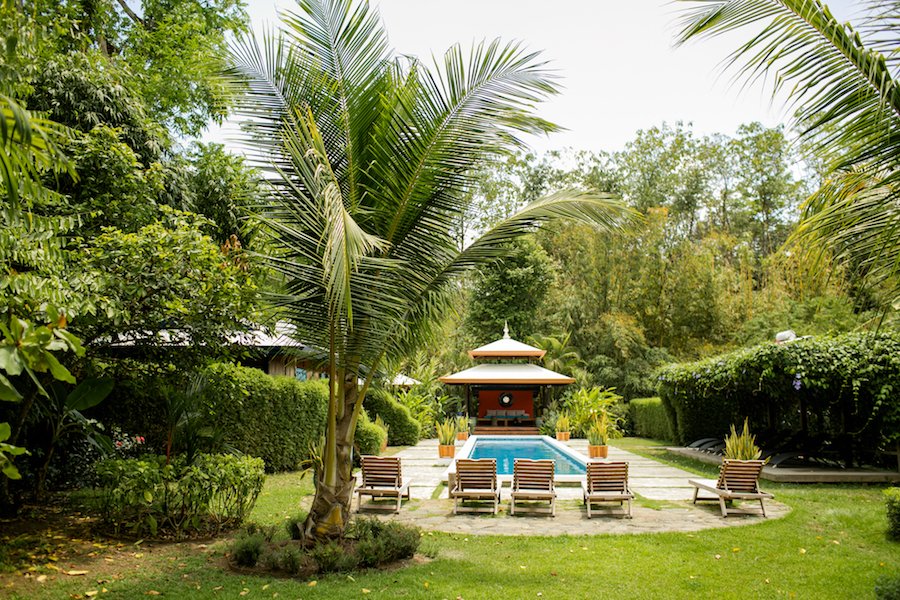Living “off grid” is not an easy practice. But here at Blue Osa, we have an unwavering commitment to environmental sustainability.
We take pride in being an eco-resort leaving the smallest possible footprint. The practice of yoga demands that we live more consciously and show greater respect to the earth and to our fellow humans.
Our aim is to provide eco-friendly hospitality to our guests while protecting our amazing environment. Another aim is to teach our guests that off grid living is possible.
A visit to Blue Osa is an immersion into nature, and we want future generations to be able to enjoy this pristine environment.
Blue Osa is run ‘off grid’, and currently the entire resort consumes less energy than the average American household of four people.
But what does that really mean?
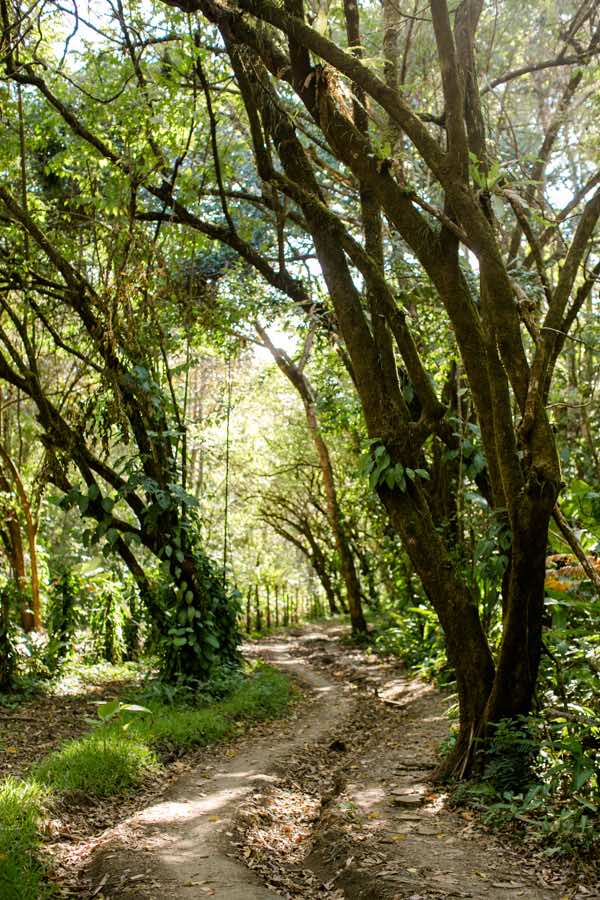
What does it mean to be off grid?
Operating off the grid means that we are not dependent on the public supply of electricity. Rather, we use renewable energy to supply the energy needed for our daily operations.
Why we operate off grid
There are undeniably many challenges that are part of living in the jungle, let alone running a resort here!
One of the biggest challenges we face is a lack of infrastructure. There are no power lines here, so electricity is a big issue.
Even more importantly, we know that through our daily operations we can make a substantial impact on the environmental preservation of the Osa.
Solar power makes use of completely renewable green energy. As opposed to electricity that comes from fossil fuels which is non-renewable and pollutes the environment.
We currently have a total of 93 solar panels throughout the property which power all of our electrical appliances, and we generate at least as much electricity as we consume per year.
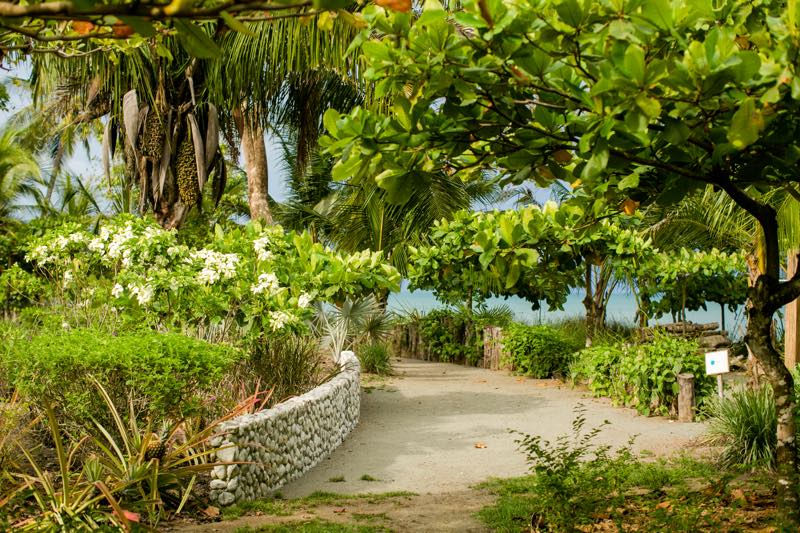
How we practice living eco-friendly?
We are extremely mindful of our energy consumption and educate our guests and staff on how to best use as little energy as possible.
We implement this by:
- Growing our own food.
- Installing low energy use light bulbs;
- Turning off our water pressure pump system overnight;
- Our water system is pressurized by a gravity fed system at night to conserve energy;
- Using low energy consumption refrigerators and freezers;
- Having thirty-minute timers on our ceiling fans;
- Water our gardens at night using grey water waste from the laundry and guest showers;
- Using energy efficient air conditioners and air sealed rooms (Only Om, Karma, Balance and Namaste has air conditioning.)
- Not using microwaves or dishwashers in the kitchen.
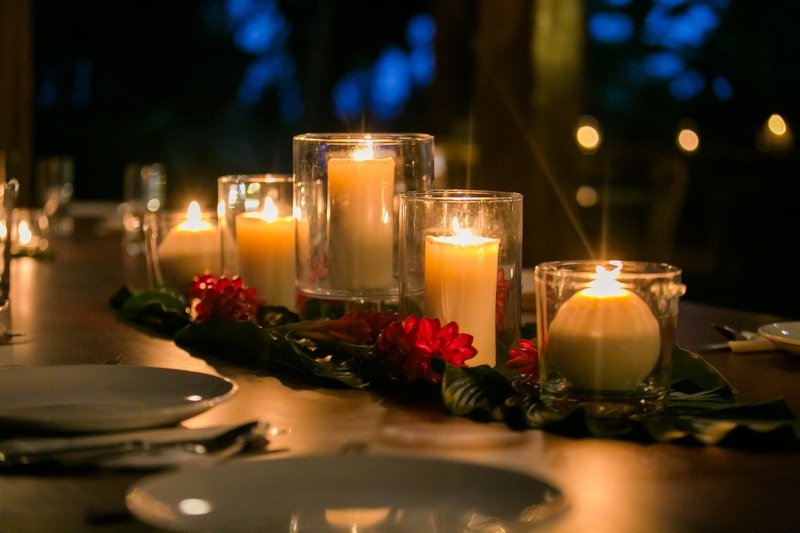
What “off grid” means for our guests
Being off the grid means we do not have air-conditioned rooms and do not use hair dryers or other electronic appliances. In fact, we do not allow these type of appliances at Blue Osa. As our system is operated by solar power, we need to focus on conserving as much energy as possible.
Sometimes the realities of living off the grid can feel like an inconvenience – we understand you don’t necessarily want to wind your ceiling fan every thirty minutes – but what we ask of our guests is to seek first to understand. There is always a reason behind what we do, and we are more than happy to explain the method to what can seem like madness!
Occasionally there may be problems with our batteries or generators which causes disruption to our power supply. When this happens, we ask for patience and understanding from our guests.
We invite our guests to see that in coming to Blue Osa, you not only feel good about choosing a place is consciously helping the environment. We also invite you to use this as a personal opportunity for learning and insight.
Our hope is that all of our guests share in our mission to conserve power and care for the beautiful environment we all enjoy so much!
